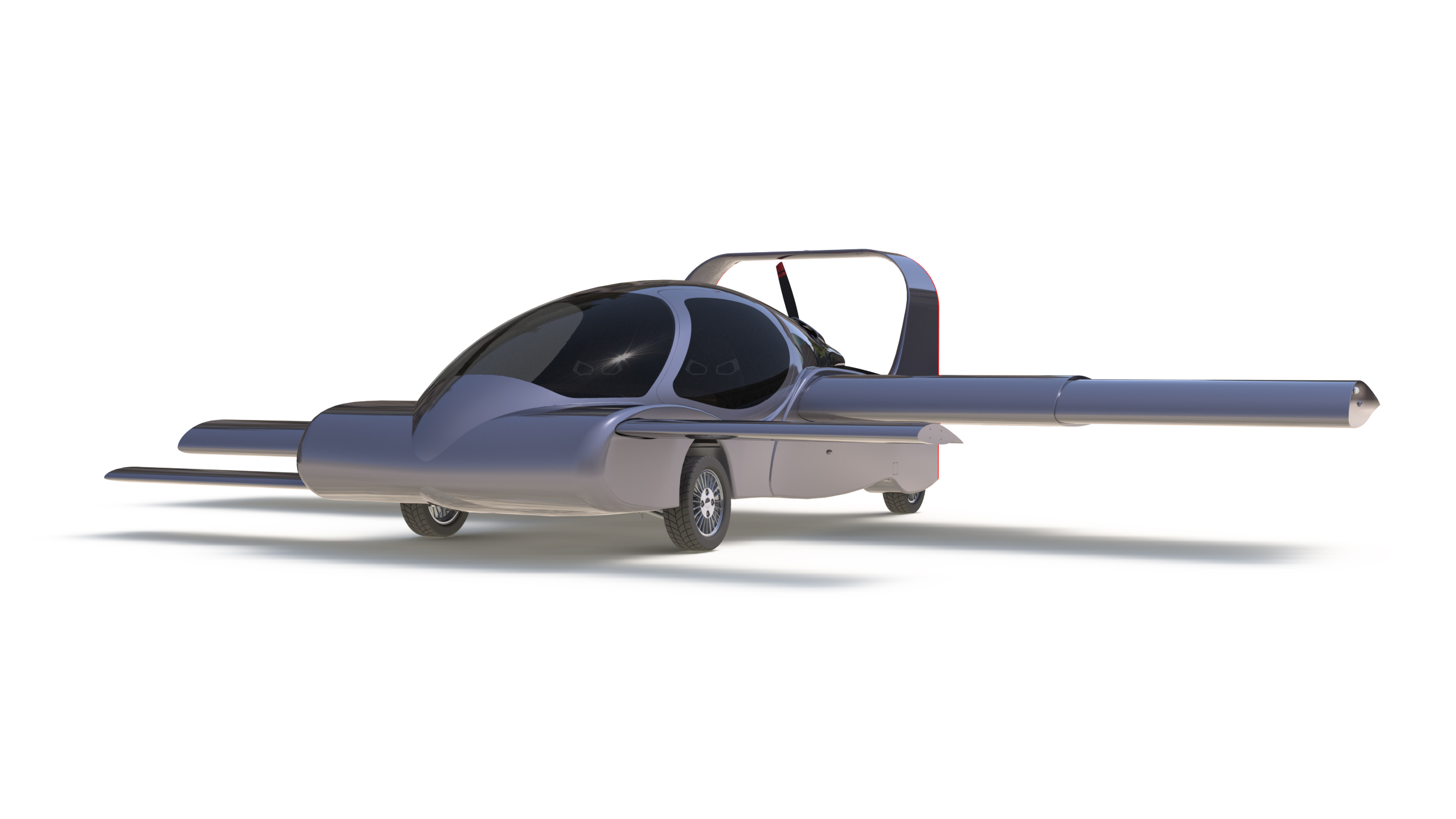From an engineering standpoint, flying cars are entirely feasible. From a *practical* standpoint, I’m less convinced; a flying car isn’t all that great as either an automobile or an aircraft. But I suppose a well-designed flying car could certainly find a market if the finances are right.
An important first step, though, is not crashing.
FAA investigating ‘flying car’ crash at Willow Run Airport
Apparently the Detroit Flying Cars WD-1 did a Spruce Goose… on a simple ground-hugging taxi run it got airborne. Unlike the Spruce Goose, it seems to have come down hard.
This is my first hearing of this particular effort. The design looks interesting. The body is more or less rectangular and “car like” in planform, with aft mounted telescoping wings and telescoping canards. Wings such as these have been proposed and occasionally built for decades. They provide the advantage of wings that can be compressed into a storable form, but with the limitation that basically nothing can be stored within them (i.e. no wing tanks), and of course they are somewhat weaker than “solid” wings. Further storage efficiency is had with the WD-1 by staggering the wings … the port wing is higher than the starboard wing. What that will do to cruise-flight characteristics, I don’t know, but I’d bet good money that it’d play hell with ground effect during takeoff and landing: that starboard wing is *real* close to the ground while the port wing is a foot or two higher.


I do wonder if a vehicle akin to this could be built that used *inflatable* wings. Not quite like the floppy rubber wings used on the Goodyear inflatoplanes, but a hybrid between the Inflatoplane and these telescopic wings. Say… instead of each wing panel being made of two sections, each roughly the width of the car, they were made of four or five sections, each less than *half* the width of the car. This would allow the wings to be stored at the same elevation, getting rid of the potential ground effect asymmetry issue. And the wings are deployed via the inflation of internal wing-length gas-bladder “spars.” The structural strength with then come from a combo of the inflatable spar and the rigid skin. For retraction, the spar is vacuumed and deflated and the outer wing panels drawn in via simple cables.
The Detroit Flying cars website is a bit lean on some details, so as far as I know that might be the process being used here, but I doubt it.